|
On November 9, 2019 the Paddling Palau team headed out for some Botanizing in the near shore environment of Ngeruktabel Island. November is typically the driest month of the year in Palau, but some unseasonal rains had created a rush of flowering events. The naturalists from Paddling Palau were eager to take advantage of this rare blooming opportunity.
That didn't stop photographer Oby Roland from setting up her macro kit to take advantage of the moment. Oby set up her camera on a gimbal mounted tripod, while her assistants secured the flowers in an equally stable position. With microscopic precision Oby focused on the minute blooms and lit the tiny flowers from a multitude of angles. Meanwhile, veteran guide Macstyl Sasao took careful aim with his 100-400mm telephoto lens and photographed the fruits and seeds from the same tree. The team continued on and explored a nearby lake in search of flowers from an endemic understory specialists called Discocalyx palauensis. Though this small shrub thrives in the shaded canopy of the limestone forest, it tends to bloom only when exposed to the soft light along the shores of the salt water lakes. After a hike over some rather horrendous limestone peaks, the team found its second prize of the day. The minute flowers of Discocalyx were in full bloom, allowing the photographers to add another species to their floral catalog.
Upon returning the shop, the naturalists poured through their library of Botany books as well as their archived images. Udoud & Oby's mystery flowers were unlike anything they'd seen and they were unable to identify the species. Ultimately they turned to the master of Pacific Botanists for some helpful advice. Dr. Art Whistler is the author of over a dozen books on the Botanical assemblages of the Pacific Islands. Some of his most popular titles include "Flowers of the Pacific Island Seashore" & "Plants of the Canoe People." Art had no trouble in determining the identity of this new flower as he mentally scrolled through his Botanical keys. The species in question proved to be another reclusive endemic known as Elattostachys palauensis of the family Sapindaceae.
The Paddling Palau team have now photographed nearly 200 species of flowering plants in the limestone islands and look forward to someday publishing a book titled, "Flowering Plants & Pollinators of Palau." Following up on that theme, Udoud & naturalist Ron Leidich raced back out to the scene the day after Christmas to inspect their prize specimen tree. Not only was the tree still in bloom, but it had additionally attracted a host of tiny moth pollinators. It's taken nearly 20 years of Botanizing to compile photos of these excessively rare species, and yet the islands continue to reveal more of her secrets. While most visitors flock to Palau to enjoy her under water treasures, many of the best kept biodiversity secrets remain hidden in the limestone forests.
0 Comments
Snorkelers on a National Geographic Expedition to Palau were treated to the rare sight of a pair of Broad Club Cuttlefish, Sepia latimanus. The beautiful Cephalopods were spotted by tour guide Douglas Mailmeng who called over everyone from the group for a closer look. Photographer Ron Leidich free dove down for a closer inspection and discovered that the female was in the midst of depositing her eggs. The females carefully choose their nesting sites to maximize the protection of her young. With outstretched arms, the mother cuttlefish delicately reached out to place her white eggs inside the branches of a stinging fire coral, Millepora sp. The fire coral is actually a colony of stinging hydroids with a hard calcareous skeleton, much like their true coral cousins. Predators are unwilling to brave the stinging cells (cnidoblasts) of the colony, and thus the embryonic cuttlefish have a safe haven to start their life.
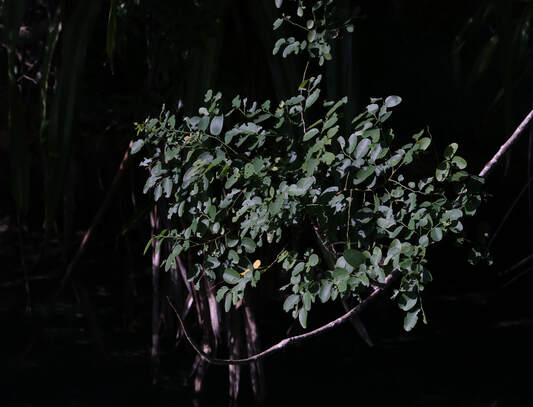 While out Botanizing with boat captain Udoud Masaharu on December 26, 2019, I was setting up for a shot of Dalbergia oligophylla in the soft afternoon light. Rather mysteriously, the golden light took on a bluish tinge, ruining my otherwise well composed image. I looked over my shoulder to check the cloud cover and was surprised to find clear blue skies overhead. Udoud excitedly announced "it's a solar eclipse, not the clouds!" I countered that it was just a misty haze and that it would soon pass. Rule #1: Never contradict anyone who tracks social media because they are in my opinion all knowing and all telling. Of course Udoud was correct. The new moon was in almost perfect alignment to block the light of the sun. Fortunately, we were well equipped to capture the moment with a telephoto lens mounted on a Canon 7DMarkII. I pushed the camera to its light limits with an F40 aperture firing at 1/8000th of a second on a 100ISO. The results were respectable enough, though not exactly professional images. Regardless, the camera captured what the naked eye would've missed; the beautiful image of our moon, blocking out the rays of the sun.
|
Categories |
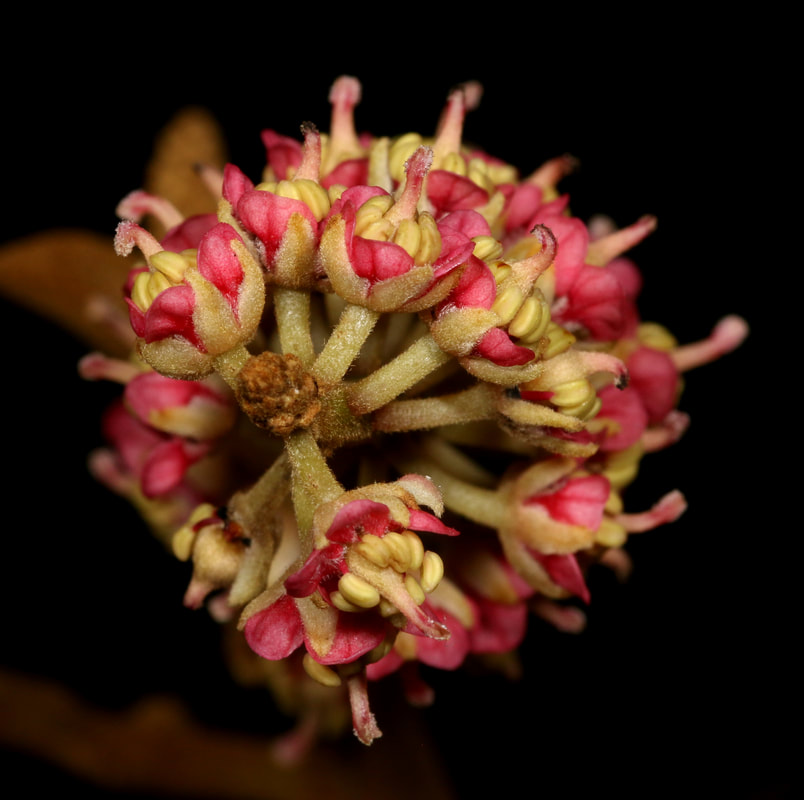
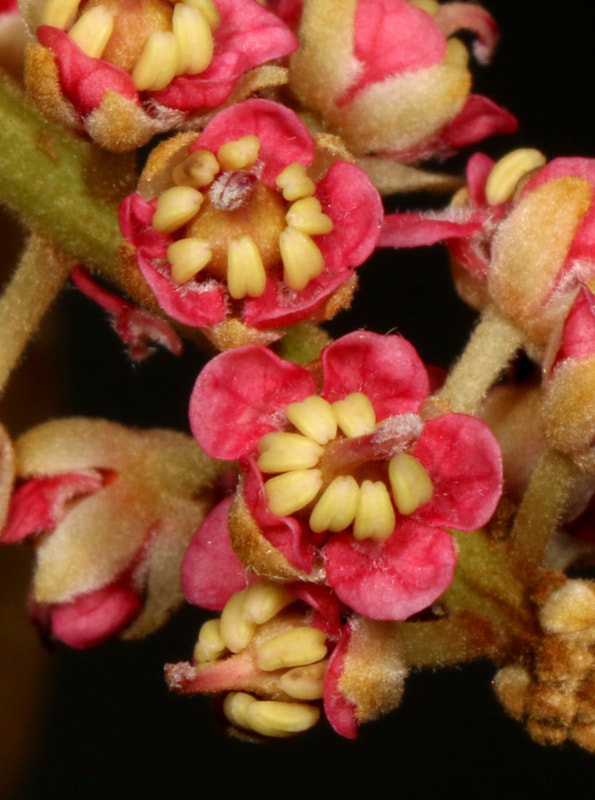
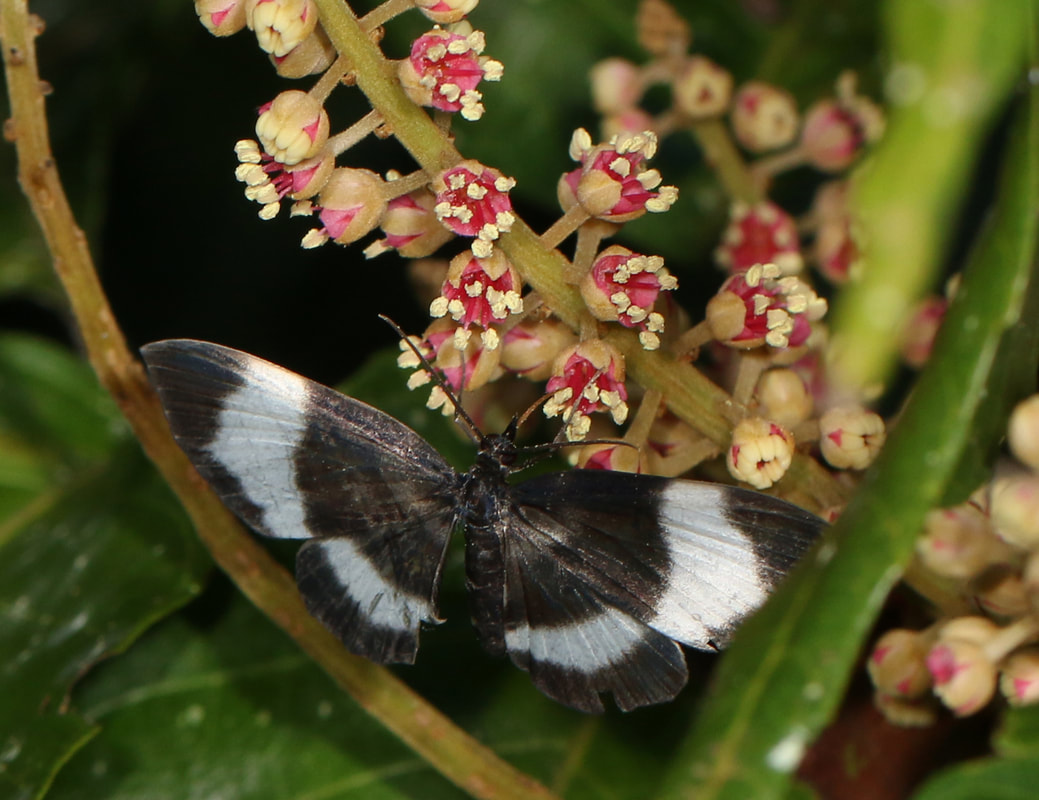
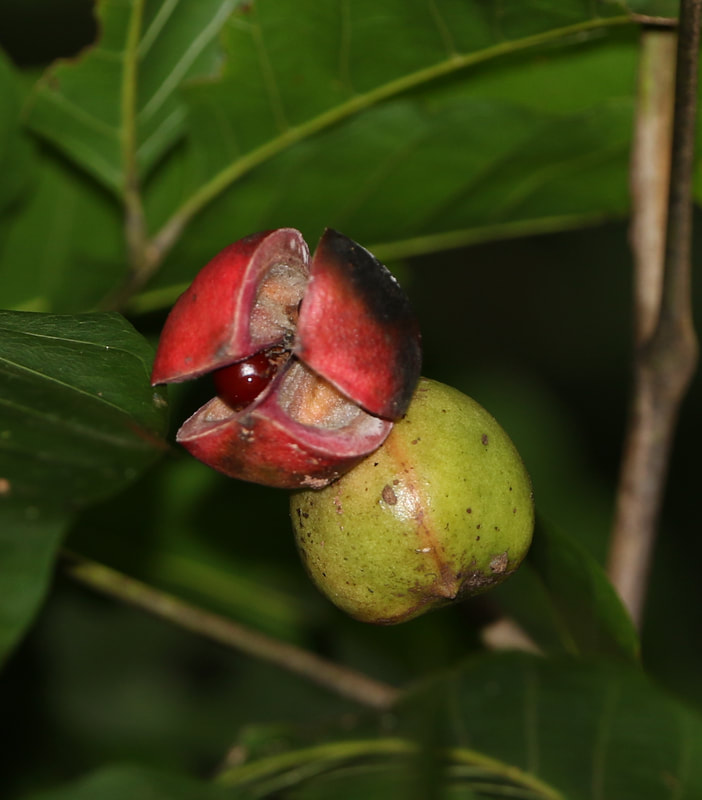
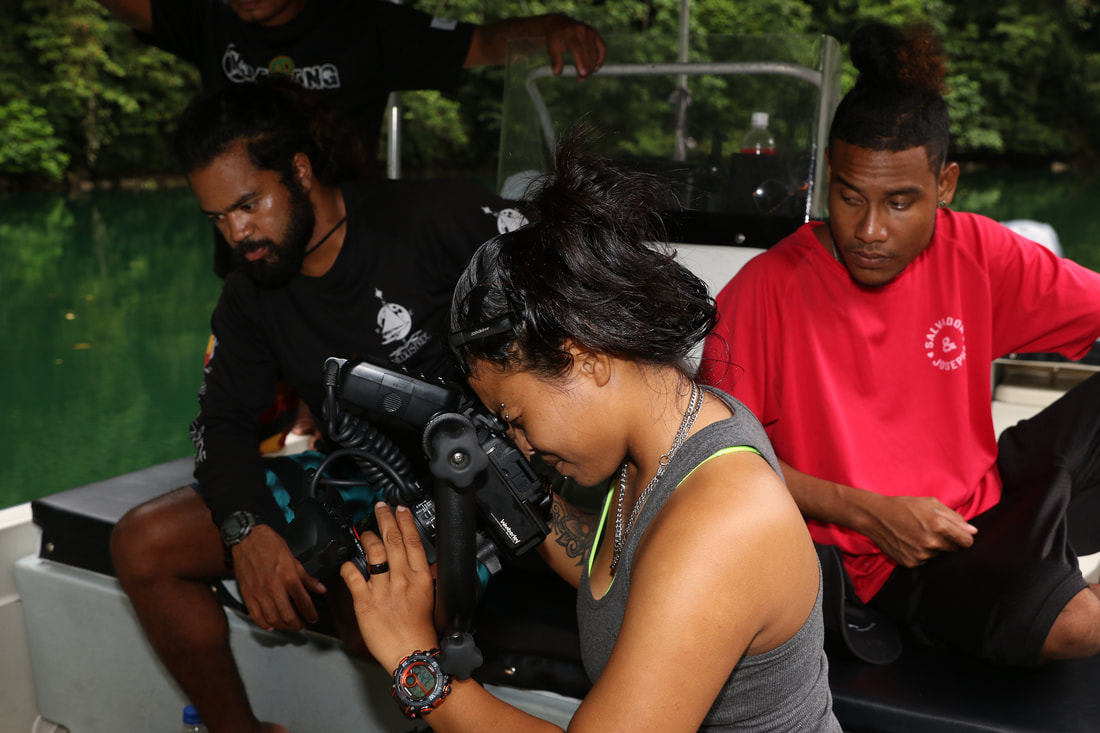
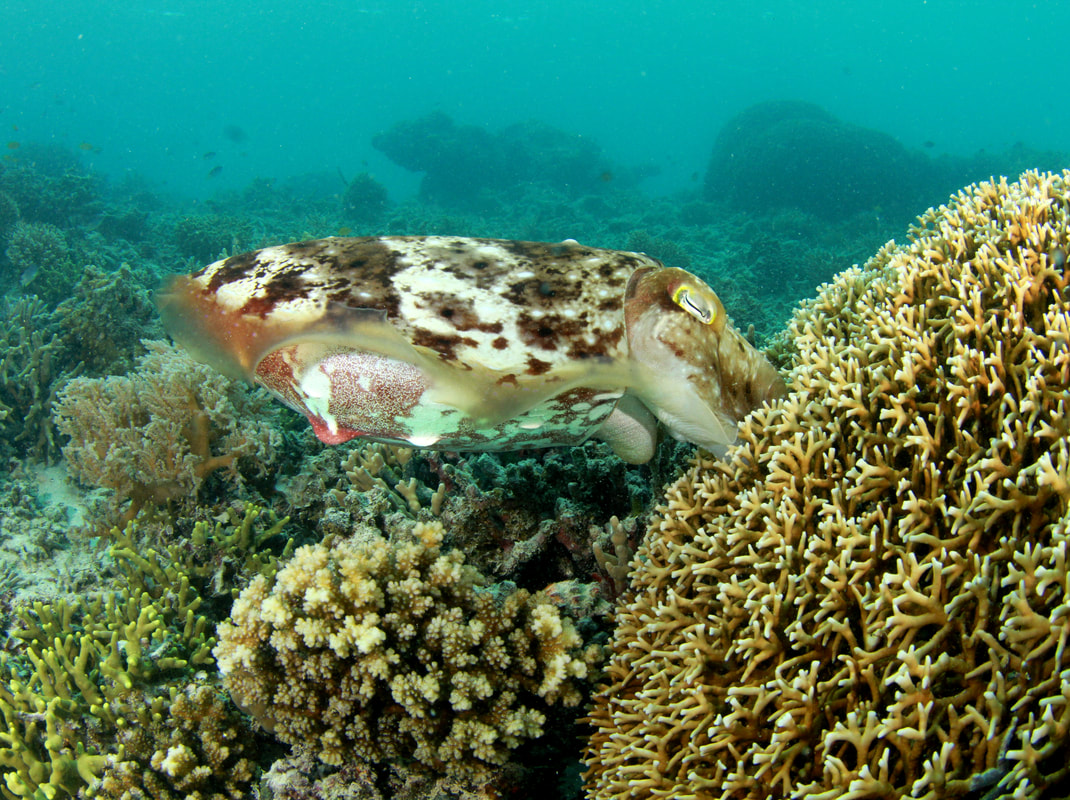
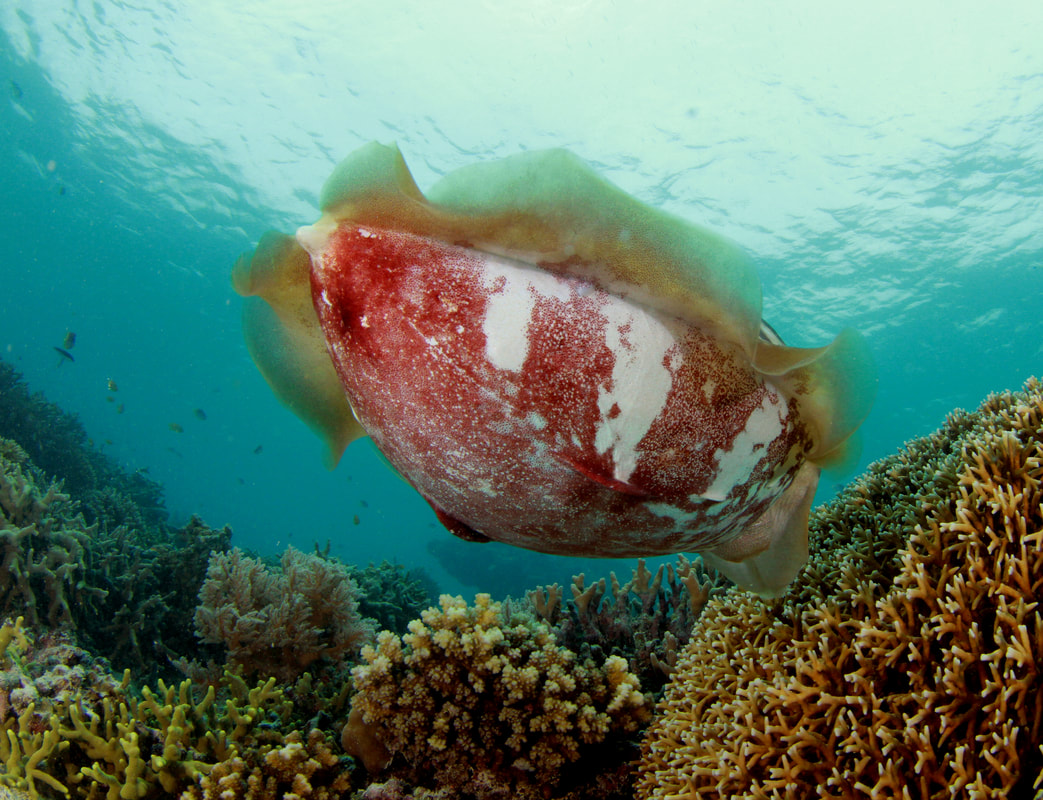
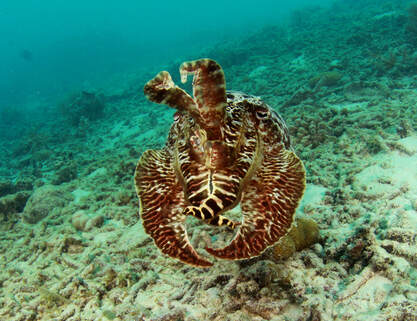
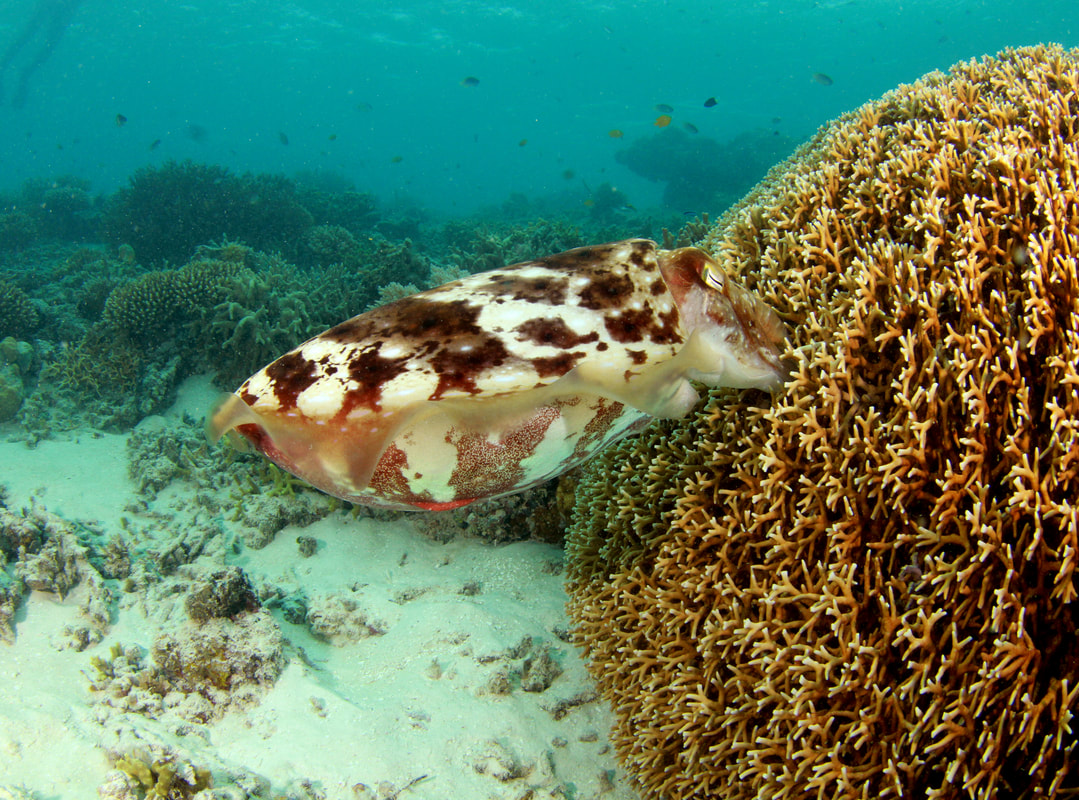
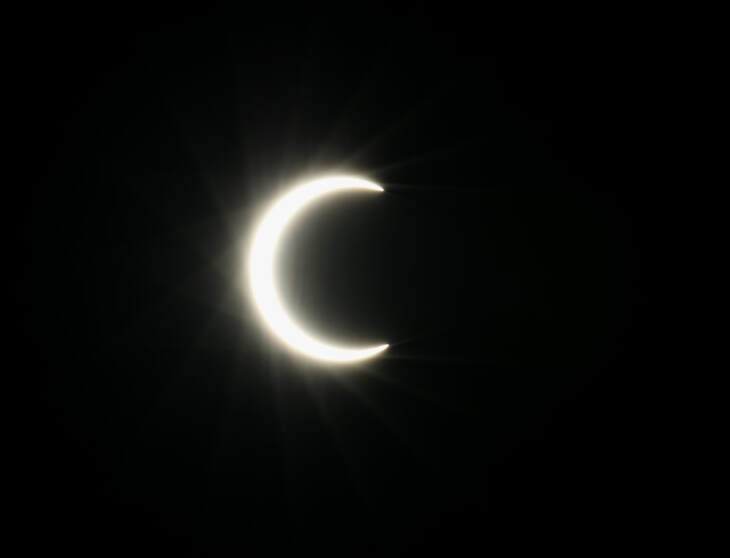

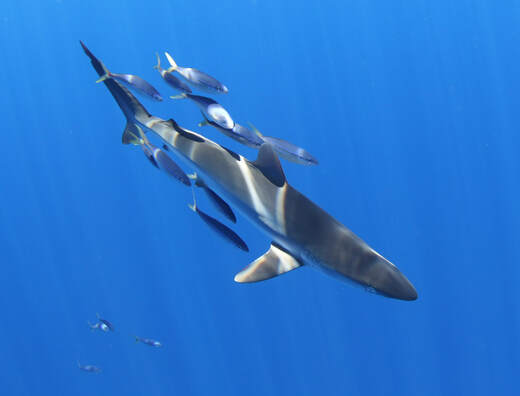
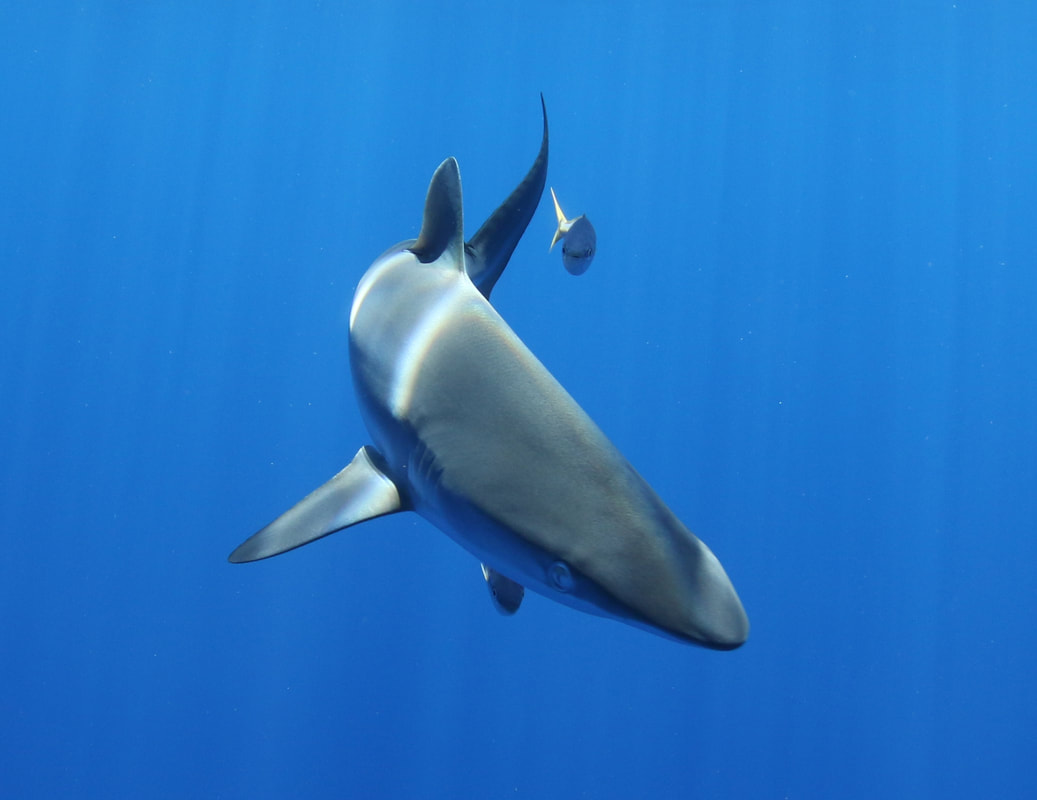
 RSS Feed
RSS Feed